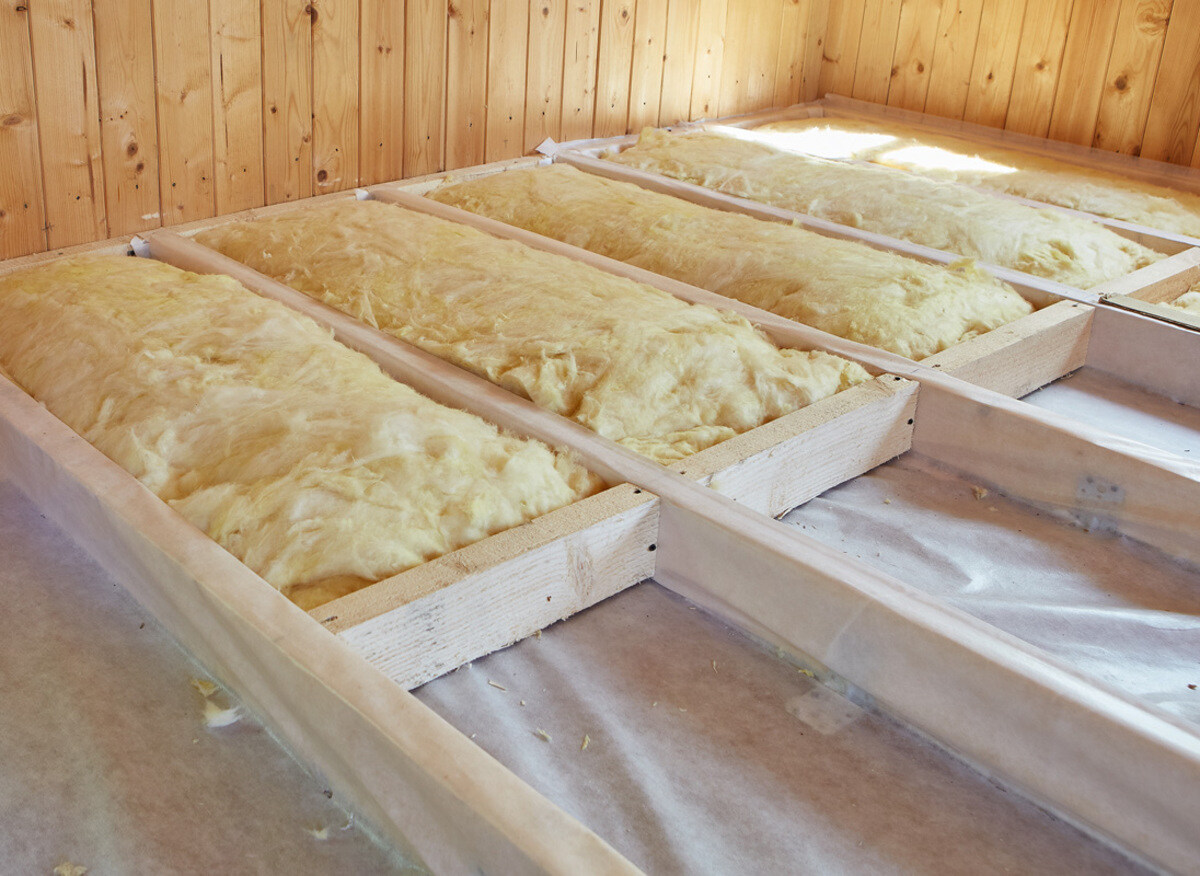

Articles
What Type Of Insulation For Floors
Modified: December 7, 2023
Discover the right type of insulation for your floors and keep your home comfortable and energy-efficient. Read our informative articles on different insulation options for floors.
(Many of the links in this article redirect to a specific reviewed product. Your purchase of these products through affiliate links helps to generate commission for Storables.com, at no extra cost. Learn more)
Introduction
When it comes to insulating your home, most people focus on the walls and attic, but did you know that insulating your floors can also have significant benefits? Insulating your floors not only improves the energy efficiency of your home, but it also enhances comfort and reduces noise transmission. If you’re considering insulating your floors, it’s crucial to understand the different types of insulation available and the factors to consider when choosing the right option for your needs. In this article, we’ll explore the various types of insulation for floors and discuss the key factors to consider when making your decision.
Key Takeaways:
- Insulating your floors not only improves energy efficiency and comfort but also reduces noise transmission and controls moisture, contributing to a healthier and more sustainable living environment.
- Consider factors such as R-value, moisture resistance, and installation method when choosing the right floor insulation. Professional guidance can help ensure optimal insulation performance and long-term benefits.
Types of Insulation for Floors
There are several types of insulation materials available for insulating floors, each with its own unique characteristics and installation requirements. Let’s take a closer look at some of the most common options:
- Fiberglass Insulation: Fiberglass insulation is one of the most popular choices for insulating floors. It consists of fine glass fibers that are tightly packed together. Fiberglass insulation is lightweight, affordable, and easy to install. It provides excellent thermal insulation and helps reduce noise transmission between floors.
- Foam Board Insulation: Foam board insulation, also known as rigid insulation, is made from polystyrene or polyisocyanurate foam. It comes in large boards that can be cut to fit the floor joists. Foam board insulation has a high R-value, which signifies its insulation effectiveness. It is moisture-resistant and provides excellent thermal insulation.
- Cellulose Insulation: Cellulose insulation is made from recycled paper treated with fire retardants. It is an eco-friendly option that provides good thermal and sound insulation. Cellulose insulation is typically blown into floor cavities and offers a seamless barrier against air movement.
- Spray Foam Insulation: Spray foam insulation is a versatile option that forms an airtight seal when applied. It is typically installed by professionals using specialized equipment. Spray foam insulation expands to fill all gaps, creating a highly effective thermal barrier. It also helps to prevent moisture infiltration.
These are just a few of the many insulation materials available for floor insulation. Each type has its own unique benefits and considerations, so it’s essential to evaluate your specific needs and consult with a professional to determine the best option for your home.
Fiberglass Insulation
Fiberglass insulation is a widely used and affordable option for insulating floors. It is made from tiny fibers of glass that are spun together and formed into batts or rolls. Fiberglass insulation is known for its excellent thermal insulation properties, making it a popular choice for reducing heat loss or gain through the floors.
One of the main advantages of fiberglass insulation is its ease of installation. It comes in pre-cut batts or rolls that can be easily fitted between the floor joists. The flexibility of fiberglass insulation allows it to conform to irregular spaces, ensuring a snug fit and effective insulation performance.
In addition to thermal insulation, fiberglass insulation also provides soundproofing benefits. By reducing noise transmission between floors, it creates a quieter and more peaceful living environment. This can be particularly beneficial in multi-story buildings or areas where noise isolation is desired.
Fiberglass insulation is also resistant to moisture, which is crucial for floor insulation. It helps to prevent the buildup of moisture and condensation, reducing the risk of mold and mildew growth. This makes fiberglass insulation a suitable choice for areas with high humidity or moisture concerns.
When installing fiberglass insulation, it’s important to wear protective gear, such as gloves and a mask, to prevent skin irritation and respiratory issues. It’s also essential to handle the insulation carefully to avoid compressing or damaging the fibers, as this can reduce its insulation effectiveness.
Overall, fiberglass insulation is a cost-effective and efficient option for insulating floors. It offers excellent thermal insulation, soundproofing capabilities, and moisture resistance. It’s important to ensure proper installation and consider the R-value requirements for your specific floor insulation needs.
Foam Board Insulation
Foam board insulation, also known as rigid insulation, is a popular choice for floor insulation. It is made from polystyrene or polyisocyanurate foam and comes in large rigid panels. Foam board insulation offers excellent thermal resistance due to its high R-value, making it highly effective in reducing heat transfer through the floors.
One of the key advantages of foam board insulation is its durability and strength. It provides a rigid and stable insulation layer that can withstand heavy loads and pressure. This makes it suitable for floors that will be subjected to weight-bearing activities.
Foam board insulation is also moisture-resistant, which is essential for floor applications. Unlike other insulation materials, foam board insulation does not absorb water, ensuring long-lasting insulation performance and preventing mold or rot issues.
Installation of foam board insulation requires cutting the panels to fit the floor joists and securing them in place. The panels can be held in position using adhesives, nails, or mechanical fasteners. It is important to ensure proper sealing of joints and edges to create an airtight barrier and maximize insulation effectiveness.
In addition to thermal insulation, foam board insulation also provides sound-deadening properties. It helps to reduce noise transmission between floors, creating a quieter and more comfortable living environment.
It’s worth noting that foam board insulation is more expensive than other insulation materials like fiberglass. However, its superior insulating properties and durability can make it a worthwhile investment in the long run.
When considering foam board insulation for floors, it is important to determine the appropriate thickness and R-value required for your specific needs. Consulting with a professional insulation contractor can help you choose the right type and thickness of foam board insulation based on your floor design and local building codes.
Overall, foam board insulation offers excellent thermal resistance, moisture resistance, and durability for floor insulation. Its high R-value and soundproofing capabilities make it an effective choice for improving the energy efficiency and comfort of your home.
Cellulose Insulation
Cellulose insulation is a sustainable and environmentally friendly option for insulating floors. It is made from recycled paper fibers that are treated with fire retardants to enhance safety and durability. Cellulose insulation is typically installed by blowing the loose-fill material into the floor cavities, providing a seamless and effective insulation barrier.
One of the advantages of cellulose insulation is its high thermal resistance. It has excellent insulating properties, helping to minimize heat transfer through the floors and maintain a consistent indoor temperature. This can significantly improve energy efficiency and reduce heating or cooling costs.
Cellulose insulation also offers great soundproofing properties. It helps to absorb and dampen sound vibrations, reducing noise transmission between floors. This can be particularly beneficial in areas where noise isolation is a priority, such as home theaters or apartments.
A notable characteristic of cellulose insulation is its ability to fill gaps and voids effectively. The blown-in nature of the insulation allows it to conform to irregular floor cavities and around obstructions, providing a seamless and continuous thermal barrier. This helps to prevent air infiltration and minimize drafts, enhancing the overall insulation performance.
Furthermore, cellulose insulation has natural moisture-resistant properties. The composition of the insulation material, combined with the fire retardants, helps to deter mold growth and inhibit moisture buildup. This makes cellulose insulation a suitable choice for floors in areas with moisture concerns.
It’s important to note that the installation of cellulose insulation for floors requires professional expertise and specialized equipment. The loose-fill material needs to be distributed evenly and to the appropriate depth for optimal insulation performance. Consulting with an insulation contractor experienced in cellulose insulation can ensure a proper and effective installation.
In summary, cellulose insulation offers excellent thermal resistance, soundproofing capabilities, and moisture resistance for floor insulation. Its sustainability and eco-friendly qualities make it an appealing choice for those concerned about reducing their environmental impact. When considering cellulose insulation for floors, it’s essential to rely on professional installation and ensure the insulation meets the necessary building code requirements.
Read more: What Type Of Insulation For Ceiling
Spray Foam Insulation
Spray foam insulation is a versatile and effective option for insulating floors. It is a two-component mixture that is sprayed onto the floor surface, where it expands and hardens to provide an airtight and seamless insulation layer.
One of the main advantages of spray foam insulation is its ability to create a complete and continuous thermal barrier. The expanding foam fills all gaps, cracks, and voids in the floor, ensuring there are no areas left uninsulated. This helps to prevent thermal bridging and minimizes heat transfer through the floor, resulting in improved energy efficiency.
Another benefit of spray foam insulation is its excellent air sealing properties. The foam adheres tightly to the floor surface, creating an airtight seal and reducing air leakage. This helps to prevent drafts, moisture infiltration, and the entry of pollutants, resulting in improved indoor air quality and comfort.
Spray foam insulation also provides sound insulation benefits by reducing noise transmission between floors. The dense nature of the foam helps to absorb sound vibrations, creating a quieter living environment and enhancing overall comfort.
Furthermore, spray foam insulation has excellent moisture resistance properties. When applied correctly, it forms a barrier that helps to prevent the buildup of moisture and the potential for mold or mildew growth. This makes it a suitable option for floor insulation in areas with high humidity or moisture concerns.
While spray foam insulation offers numerous benefits, it is important to note that professional installation is necessary. Specialized equipment and expertise are required to apply the foam correctly and achieve optimal insulation results. It is recommended to consult with a reputable insulation contractor experienced in spray foam insulation to ensure a proper installation.
It’s also worth mentioning that spray foam insulation can be more expensive compared to other insulation materials. However, its high insulation performance and long-term energy savings can offset the initial investment over time.
In summary, spray foam insulation provides excellent thermal resistance, air sealing, soundproofing, and moisture resistance for floor insulation. Its ability to fill gaps and create an airtight seal makes it a highly effective choice for enhancing energy efficiency and comfort in your home.
Consider using rigid foam insulation for floors, as it provides high R-value and moisture resistance. It can be easily installed and is effective in reducing heat loss and noise transmission.
Factors to Consider When Choosing Insulation for Floors
When selecting insulation for your floors, it’s essential to consider several factors to ensure you choose the right option that suits your needs. Here are some key factors to keep in mind:
- R-Value: The R-value is a measure of an insulation material’s thermal resistance. It indicates how well the insulation can resist heat transfer. The higher the R-value, the greater the insulation effectiveness. Consider the climate zone you’re in and the desired level of insulation when selecting a material with an appropriate R-value for your floors.
- Moisture Resistance: Moisture can be a concern for floors, especially in areas prone to dampness or high humidity. Choose an insulation material that has good moisture resistance to prevent mold and moisture-related damage. Materials like fiberglass and spray foam insulation offer excellent moisture resistance.
- Installation Method: Consider the installation method required for the insulation material. Some options, like fiberglass batts and foam board insulation, can be easily installed by homeowners. Others, like spray foam insulation and cellulose insulation, often require professional installation. Ensure you have the necessary skills and tools or budget for professional installation when choosing the material.
- Cost: Consider your budget when selecting insulation for your floors. Different materials have varying costs, so it’s important to find a balance between cost and performance. While certain options may have a higher upfront cost, they may offer long-term energy savings that outweigh the initial investment.
- Durability: Floors can experience foot traffic and other activities, so it’s important to choose an insulation material that is durable and can withstand daily wear and tear. Rigid foam board insulation and spray foam insulation are known for their strength and durability.
- Environmental Impact: If sustainability is important to you, consider insulation materials that are made from recycled or renewable resources. Cellulose insulation and fiberglass insulation often contain recycled content, making them environmentally friendly choices.
By considering these factors, you can make an informed decision about the best insulation material for your floors. Consulting with an insulation professional can also provide valuable guidance and expertise in selecting the right option for your specific needs.
R-Value
When choosing insulation for your floors, one of the most important factors to consider is the R-value. The R-value measures the thermal resistance of an insulation material, indicating how well it can prevent heat transfer. The higher the R-value, the greater the insulation effectiveness.
Understanding the recommended R-value for your area and the specific requirements of your floors is crucial in ensuring optimal insulation performance. The R-value needed for your floors depends on several factors, including the climate in your region, the type of flooring, and the desired level of energy efficiency.
In colder climates, where heating is a primary concern, a higher R-value is typically recommended to minimize heat loss from the floors. On the other hand, in warmer climates, the focus may be on reducing heat gain, which may require a lower R-value. It’s important to consult local building codes or insulation experts to determine the appropriate R-value for your specific location.
Keep in mind that different parts of your home may require different R-values. For example, the foundation or basement floors may have different insulation requirements compared to upper-level floors. Consider the overall thermal envelope of your home and ensure that each area meets the recommended R-value standards.
It’s worth noting that the R-value of an insulation material can vary depending on its type and thickness. For example, fiberglass batt insulation commonly has a range of R-values depending on its thickness, while spray foam insulation often achieves higher R-values due to its air-sealing properties.
When selecting insulation for your floors, be sure to balance the desired R-value with your budget and specific needs. Remember that a higher R-value may offer greater energy savings in the long run, but it may also come at a higher cost. Consider factors such as the lifespan of the insulation, potential energy savings, and any applicable incentives or rebates that may be available.
Lastly, ensure that the chosen insulation material aligns with the building codes and regulations in your area. Building codes often specify minimum R-values for floor insulation, so it’s important to comply with these standards to ensure a safe and energy-efficient home.
By understanding the importance of R-value and considering the specific needs and climate conditions of your location, you can make an informed decision when selecting insulation for your floors. Consult with professionals in the field to ensure you choose the right insulation material and achieve the desired level of energy efficiency for your home.
Moisture Resistance
Moisture resistance is a crucial factor to consider when choosing insulation for your floors. Moisture can be a significant concern, as it can lead to mold growth, rot, and structural damage. Therefore, selecting an insulation material that is moisture-resistant is essential for protecting your floors and maintaining a healthy indoor environment.
Some insulation materials, such as fiberglass and foam board insulation, provide good moisture resistance. Fiberglass insulation is composed of inorganic materials that do not absorb water, making it inherently resistant to moisture. Foam board insulation, on the other hand, is made of closed-cell foam, which is resistant to water infiltration.
Another moisture-resistant option is spray foam insulation. Spray foam creates a tight and seamless barrier that helps prevent the entry of moisture. This is particularly advantageous for floors located in areas with high humidity or prone to water leaks, such as bathrooms or basements.
When moisture infiltrates the floor insulation, it can compromise its thermal performance and increase the risk of mold growth. Mold not only poses health hazards but can also lead to structural damage and costly repairs. Choosing an insulation material with moisture resistance can help mitigate these risks and maintain the integrity of your floors.
In addition to moisture resistance, it is important to consider the moisture management capabilities of your overall flooring system. This includes proper ventilation, effective moisture barriers, and adequate sealing around the edges and penetrations. Moisture can enter a home through various sources, such as ground moisture, plumbing leaks, or condensation, so addressing these issues holistically helps to ensure a moisture-resistant environment.
Before selecting an insulation material, assess the moisture conditions in your home. Consider the specific location of the floors and any potential sources of moisture. If you live in a particularly humid region or have had moisture-related problems in the past, it may be wise to consult with an insulation professional who can help guide you towards the most suitable moisture-resistant insulation options.
Remember, the success of a moisture-resistant floor insulation system depends on proper installation. Ensure that the chosen material is correctly installed, with no gaps, voids, or areas of compromised integrity. Proper sealing of joints, edges, and penetrations is also crucial for maintaining moisture resistance.
By choosing insulation materials with good moisture resistance and considering the overall moisture management of your home, you can help safeguard your floors and create a healthy and durable living environment.
Read more: What Are The Different Types Of Insulation
Installation Method
The installation method required for floor insulation is an important factor to consider when choosing the right insulation material for your home. The installation process can vary depending on the type of insulation selected, and it’s essential to ensure that you have the necessary skills, resources, and equipment to complete the installation properly.
Some insulation materials, such as fiberglass batts or rolls, are relatively easy to install and can often be done by homeowners themselves. These pre-cut pieces can be fitted between the floor joists or secured within cavities. However, it’s important to follow the manufacturer’s instructions and wear appropriate protective gear, such as gloves and a mask, during installation.
On the other hand, foam board insulation requires cutting the rigid panels to fit the floor joists. The panels can be held in place using adhesives, nails, or mechanical fasteners. It may require more precision and specialized tools to achieve a proper installation, so it’s important to ensure you have the necessary skills or consult with a professional if needed.
Spray foam insulation is typically installed by professionals using specialized equipment. The two-component mixture is sprayed onto the floor surface, where it expands and hardens to provide an airtight seal and insulation layer. The installation process requires expertise and specialized training to ensure uniform coverage and optimal insulation performance.
Cellulose insulation is often blown into the floor cavities using a specialized machine. This loose-fill material settles uniformly, filling gaps and creating a seamless insulation barrier. Due to the nature of its installation, professional expertise is recommended to ensure proper distribution and achieve the desired insulation results.
Before deciding on an insulation material, consider your comfort level with DIY installations and evaluate the complexity of the installation process. If you’re unsure or lack the necessary skills, it’s advisable to seek the assistance of professional insulation contractors who specialize in the specific material you plan to use.
Professional installation not only ensures that the insulation is properly installed but also offers the benefits of expertise, quality workmanship, and potential warranties. Additionally, some insulation materials may require professional installation to meet manufacturer warranties or comply with local building codes.
Whichever insulation material and installation method you choose, be sure to follow the manufacturer’s instructions and any applicable building codes. Proper installation is crucial for achieving the desired insulation performance, maximizing energy efficiency, and maintaining the longevity of your floors.
By considering the installation method and seeking professional assistance when necessary, you can ensure a successful insulation installation and enjoy the benefits of a well-insulated floor.
Benefits of Insulating Floors
Insulating your floors can offer a range of benefits that enhance the comfort, energy efficiency, and overall livability of your home. Here are some key advantages of insulating your floors:
- Improved Energy Efficiency: One of the primary benefits of insulating floors is improved energy efficiency. Insulation acts as a barrier, reducing heat transfer through the floors. This helps to maintain a stable indoor temperature, reducing the need for excessive heating or cooling. By minimizing energy losses, floor insulation can lead to significant energy savings and lower utility bills.
- Enhanced Comfort: Insulating your floors can greatly enhance the comfort of your home. Proper insulation helps to create a more even temperature throughout the living space and reduces drafts or cold spots near the floor. This is particularly beneficial in colder climates where cold floors can make a home feel uncomfortable. Insulation also helps to reduce noise transmission between floors, creating a quieter and more peaceful living environment.
- Moisture and Condensation Control: Insulating floors can help to control moisture and condensation issues. Moisture can seep into the floor from the ground or other sources, potentially leading to mold growth, rot, and structural damage. Insulation materials with good moisture resistance, such as fiberglass or foam board insulation, can help protect against these issues and maintain a healthy indoor environment.
- Improved Indoor Air Quality: Floor insulation, particularly when combined with proper sealing, helps to reduce air leakage, preventing the entry of outdoor pollutants, allergens, and dust. This improves indoor air quality and can be particularly beneficial for those with respiratory conditions or allergies.
- Reduced Environmental Impact: Insulating your floors not only benefits you, but it also has positive effects on the environment. With reduced energy requirements, your carbon footprint is lowered, helping to conserve natural resources and reduce greenhouse gas emissions. Choosing insulation materials with recycled content, such as cellulose or recycled fiberglass, can further enhance the environmental benefits.
Overall, insulating your floors offers numerous advantages that contribute to a more comfortable and energy-efficient home. It creates a thermal barrier, enhancing comfort, reducing energy consumption, and lowering utility bills. Additionally, it helps to control moisture, improve indoor air quality, and minimize your environmental impact. When considering floor insulation, it’s important to evaluate your specific needs, consult with professionals, and choose the right insulation material that aligns with your goals for comfort, energy efficiency, and environmental sustainability.
Conclusion
Insulating your floors is a wise investment that offers a multitude of benefits to your home. By choosing the right insulation material and considering key factors such as R-value, moisture resistance, and installation method, you can create a comfortable, energy-efficient, and healthy living environment.
From fiberglass and foam board insulation to cellulose and spray foam insulation, there are various options available to cater to your specific needs and preferences. Each insulation material offers its own unique advantages, whether it’s the affordability and ease of installation of fiberglass insulation or the superior thermal resistance and air sealing capabilities of spray foam insulation.
Insulating your floors not only helps to maintain a consistent indoor temperature and reduce energy costs but also enhances comfort by reducing drafts, noise transmission, and cold spots. It plays a significant role in controlling moisture and condensation, preventing mold growth and structural damage. Furthermore, floor insulation contributes to improved indoor air quality by reducing air leakage and minimizing the infiltration of allergens and pollutants.
By insulating your floors, you’re not only creating a more comfortable and efficient living space but also reducing your environmental impact. Proper insulation reduces the need for excessive heating and cooling, leading to lower energy consumption and greenhouse gas emissions.
When considering floor insulation, it’s important to consult with professionals to determine the appropriate R-value, moisture resistance requirements, and installation method for your specific needs. They can provide valuable expertise and ensure a proper and effective installation that meets building codes and manufacturers’ recommendations.
Take the time to evaluate your options, weigh the benefits and considerations, and choose the insulation material that aligns with your goals for comfort, energy efficiency, and environmental sustainability. With the right insulation in place, you can enjoy a more comfortable home, lower energy bills, and contribute to a healthier planet.
Frequently Asked Questions about What Type Of Insulation For Floors
Was this page helpful?
At Storables.com, we guarantee accurate and reliable information. Our content, validated by Expert Board Contributors, is crafted following stringent Editorial Policies. We're committed to providing you with well-researched, expert-backed insights for all your informational needs.
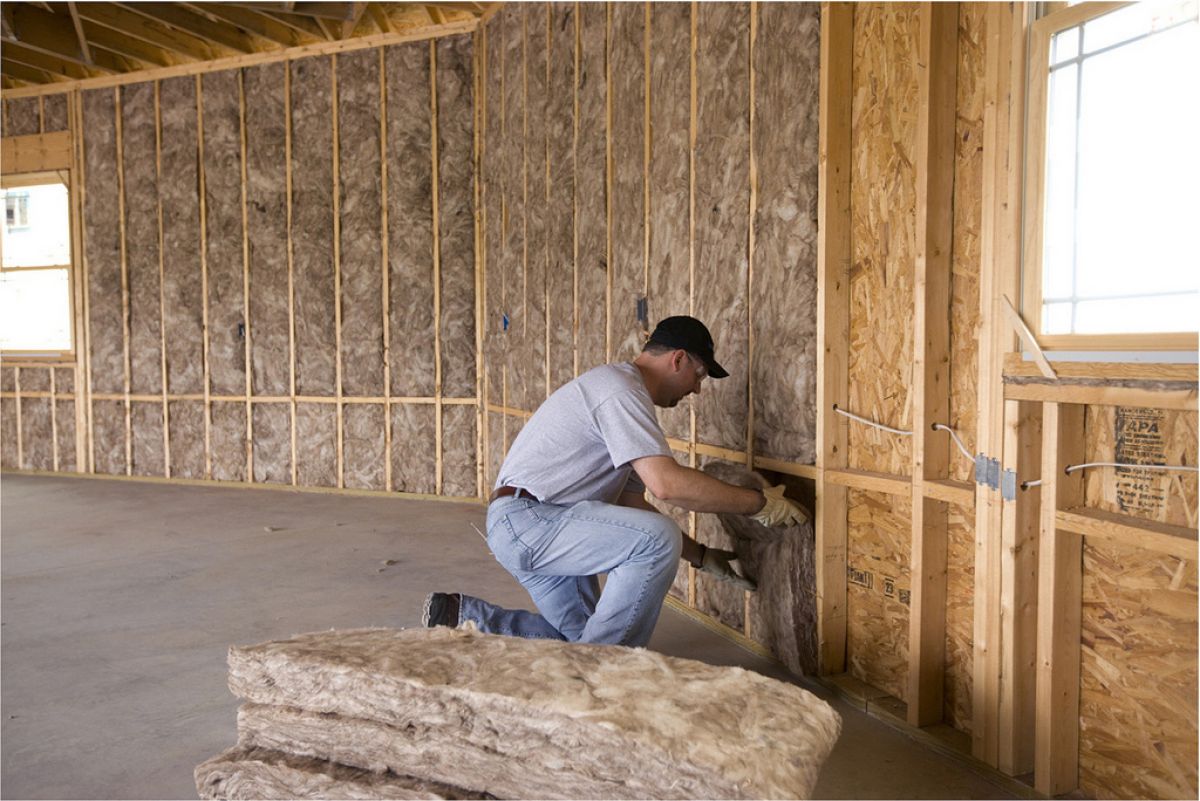
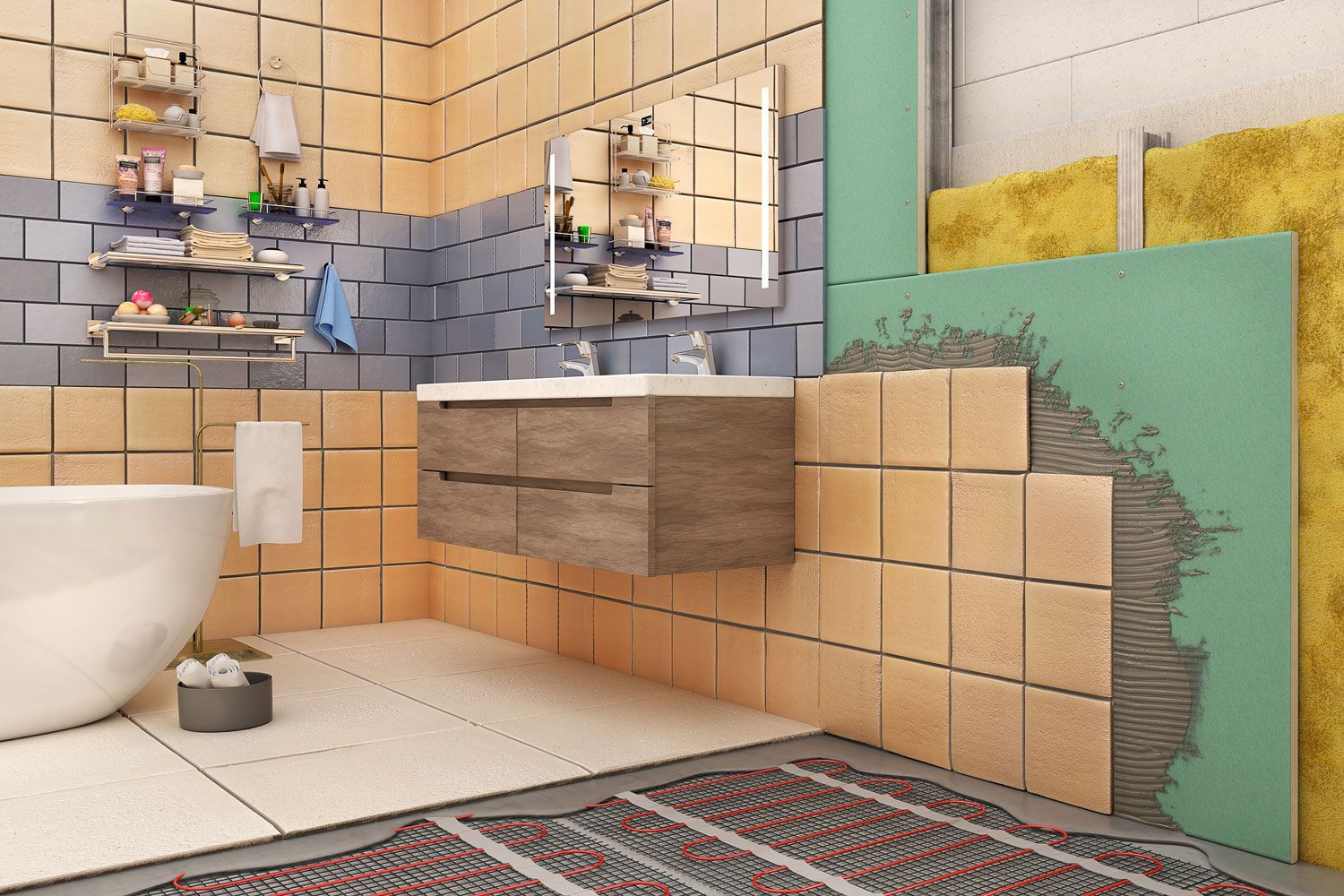
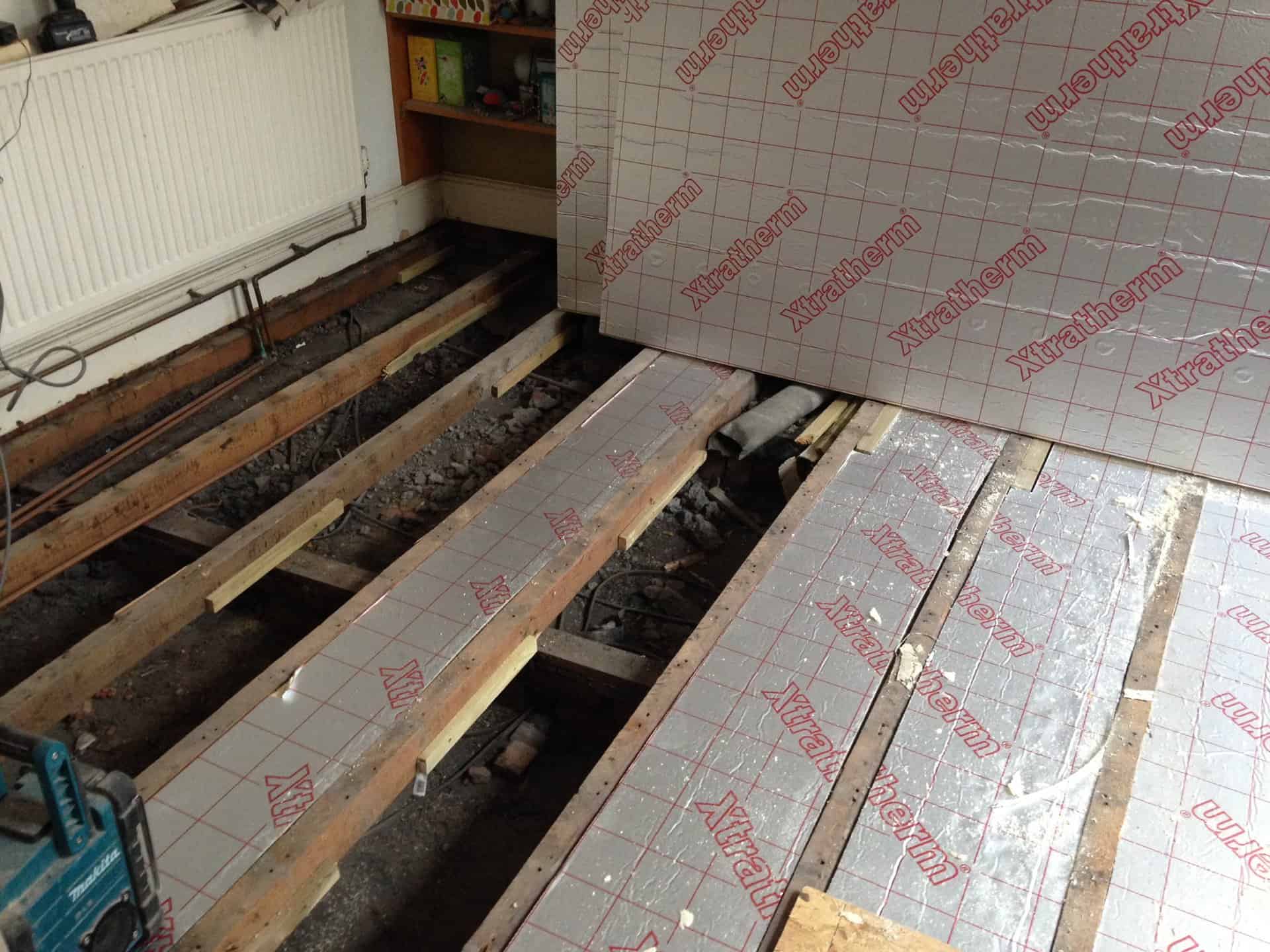
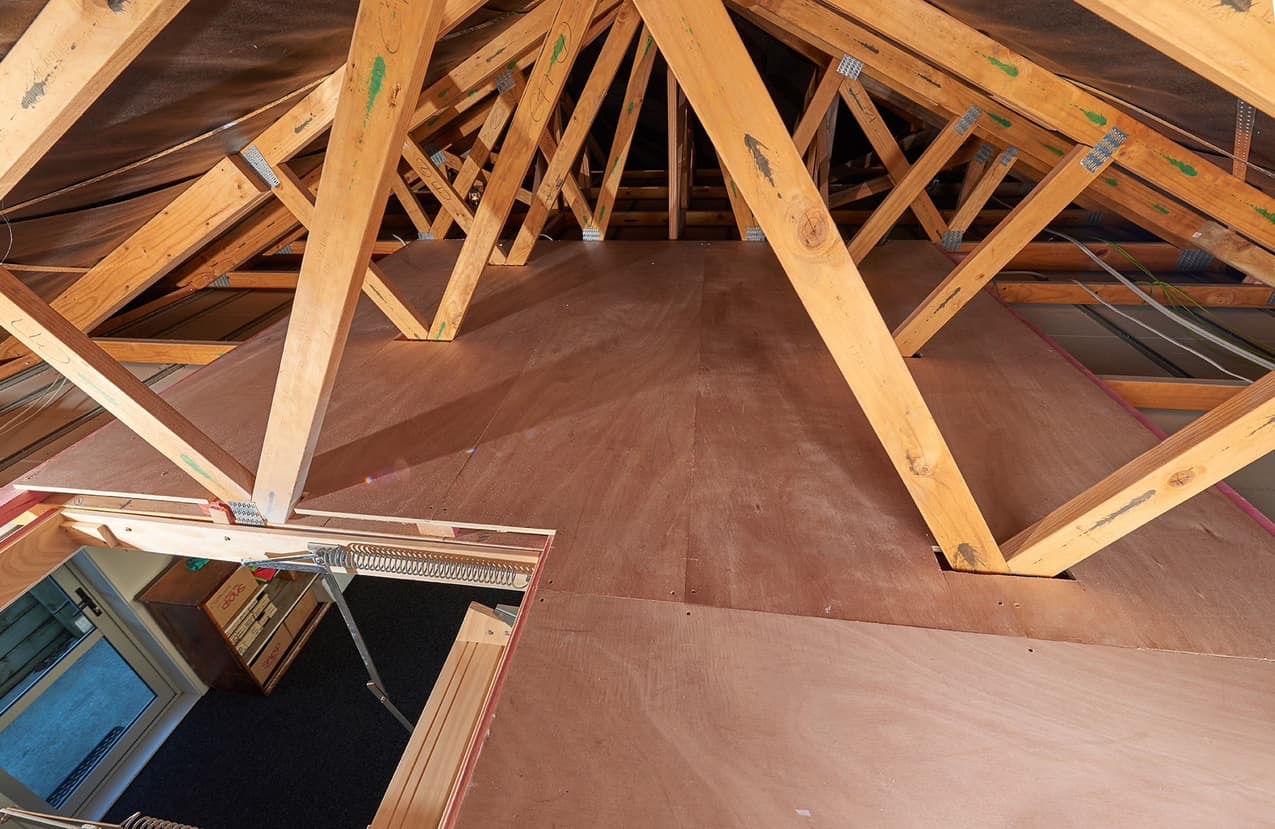

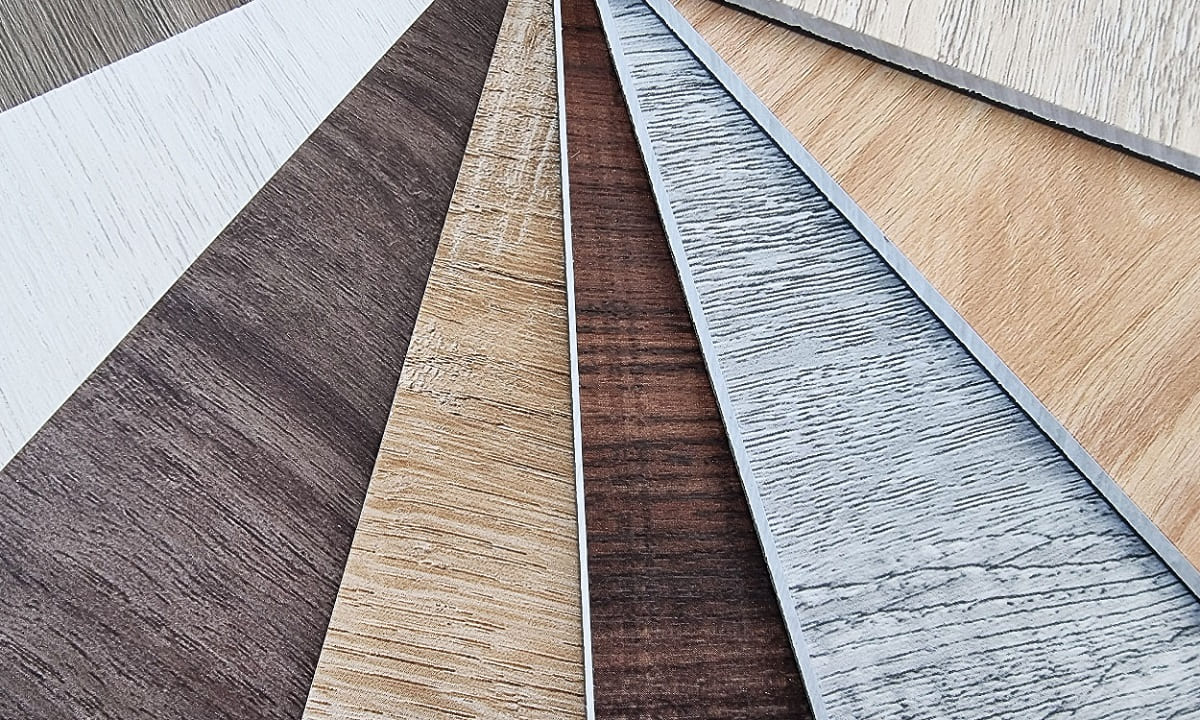
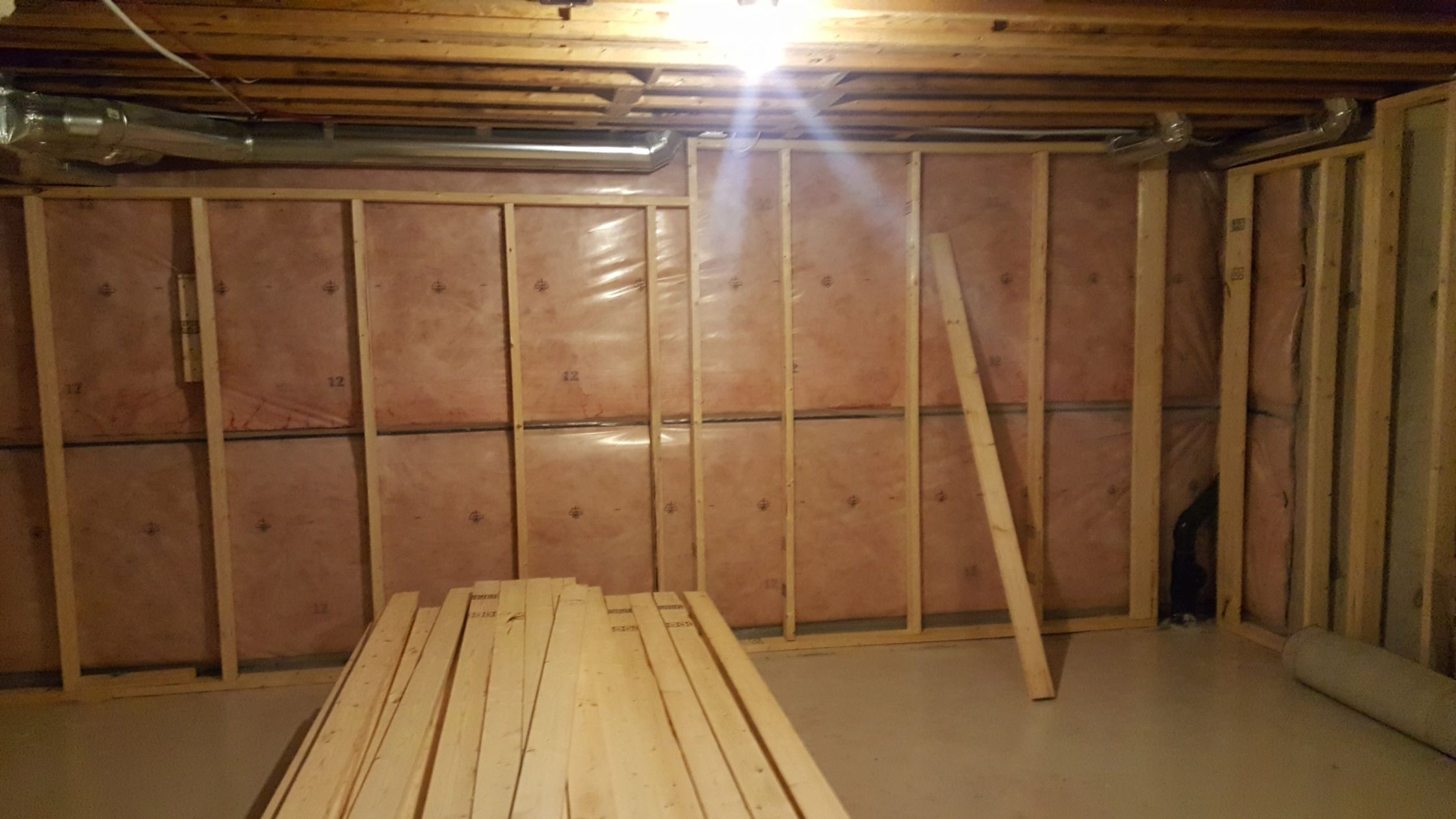
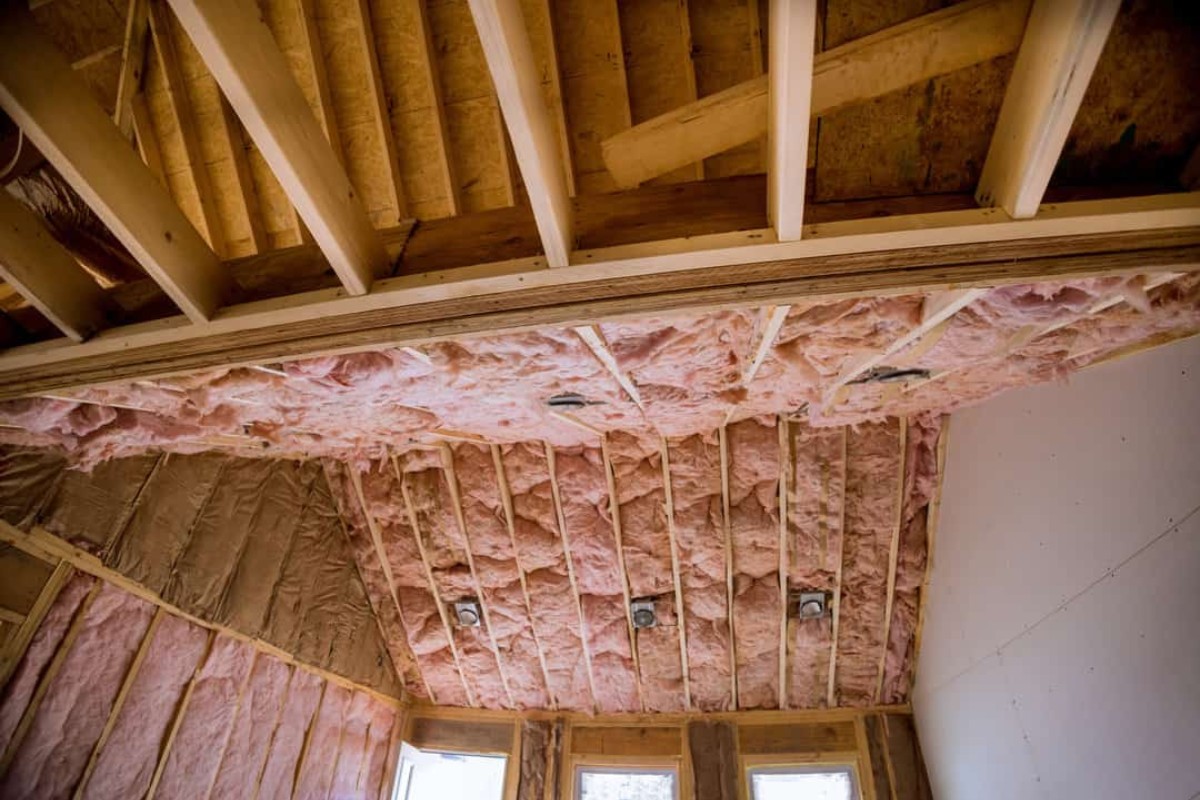
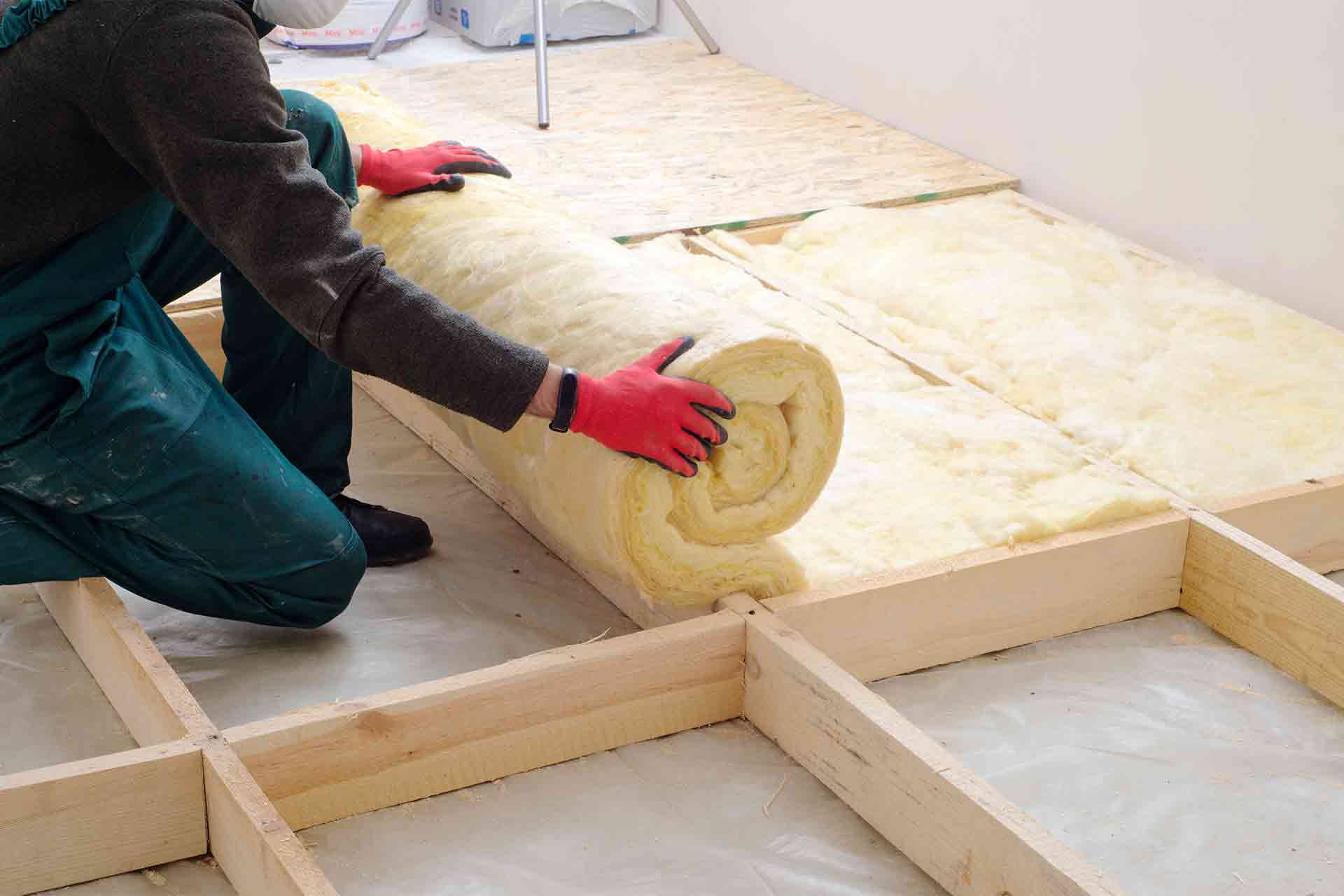

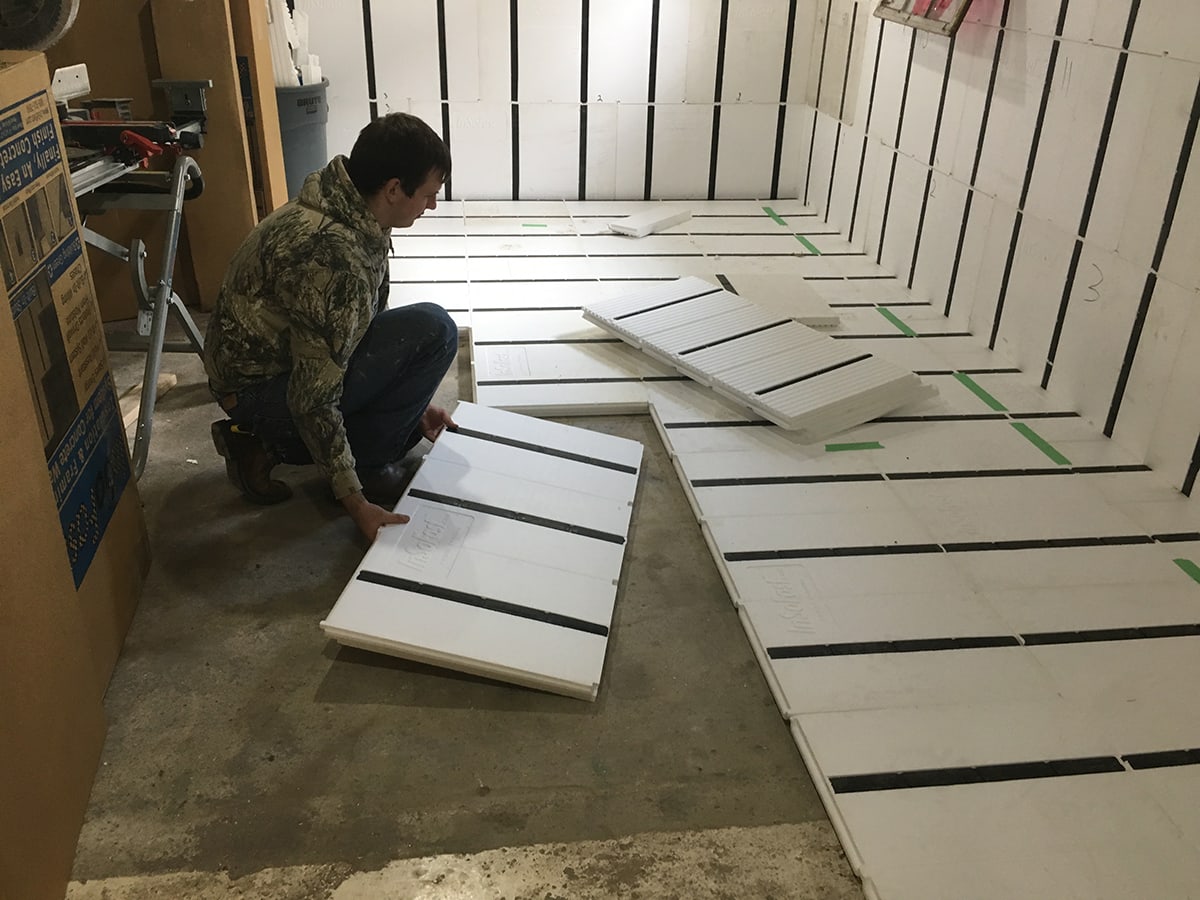

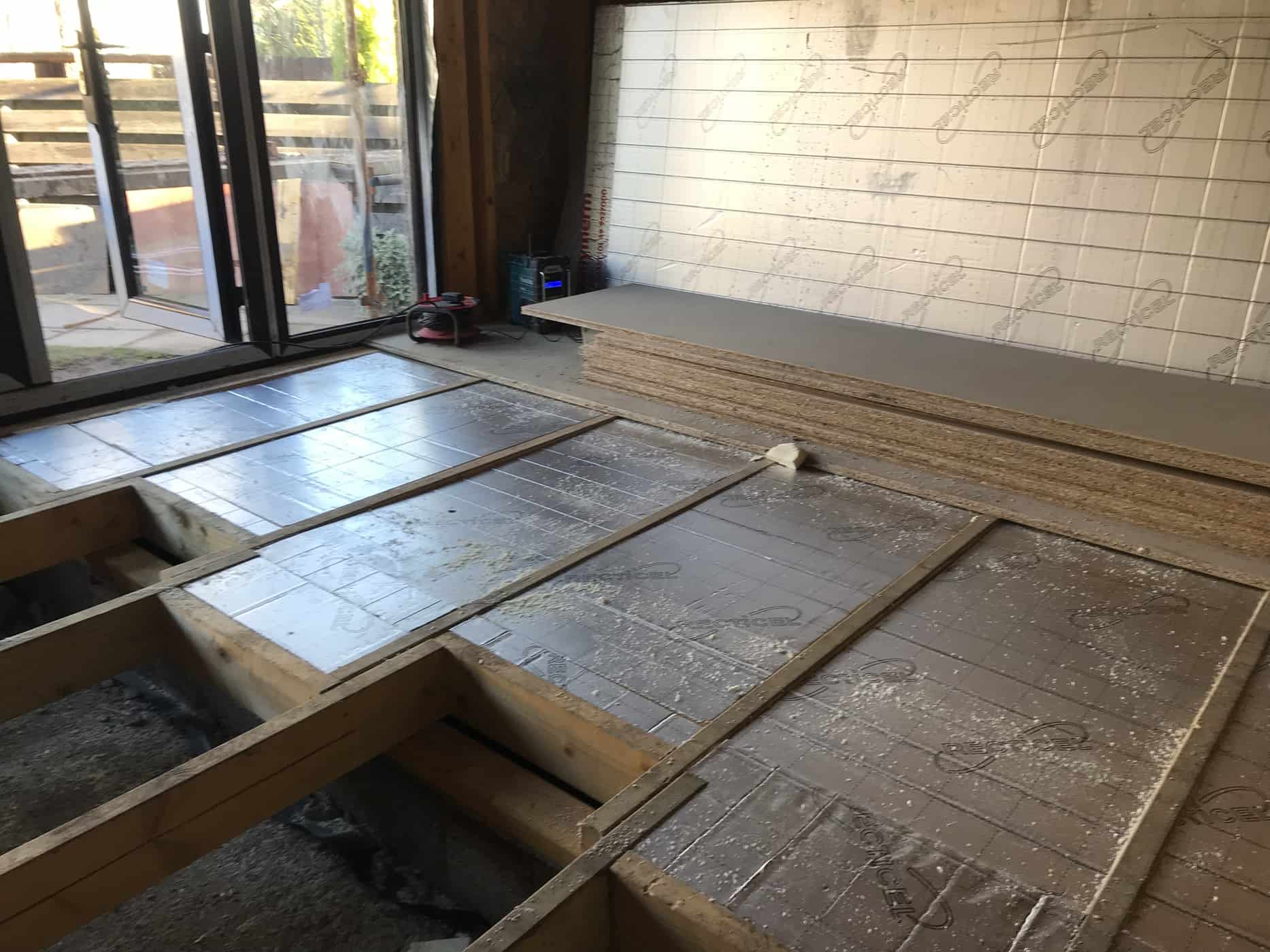

0 thoughts on “What Type Of Insulation For Floors”